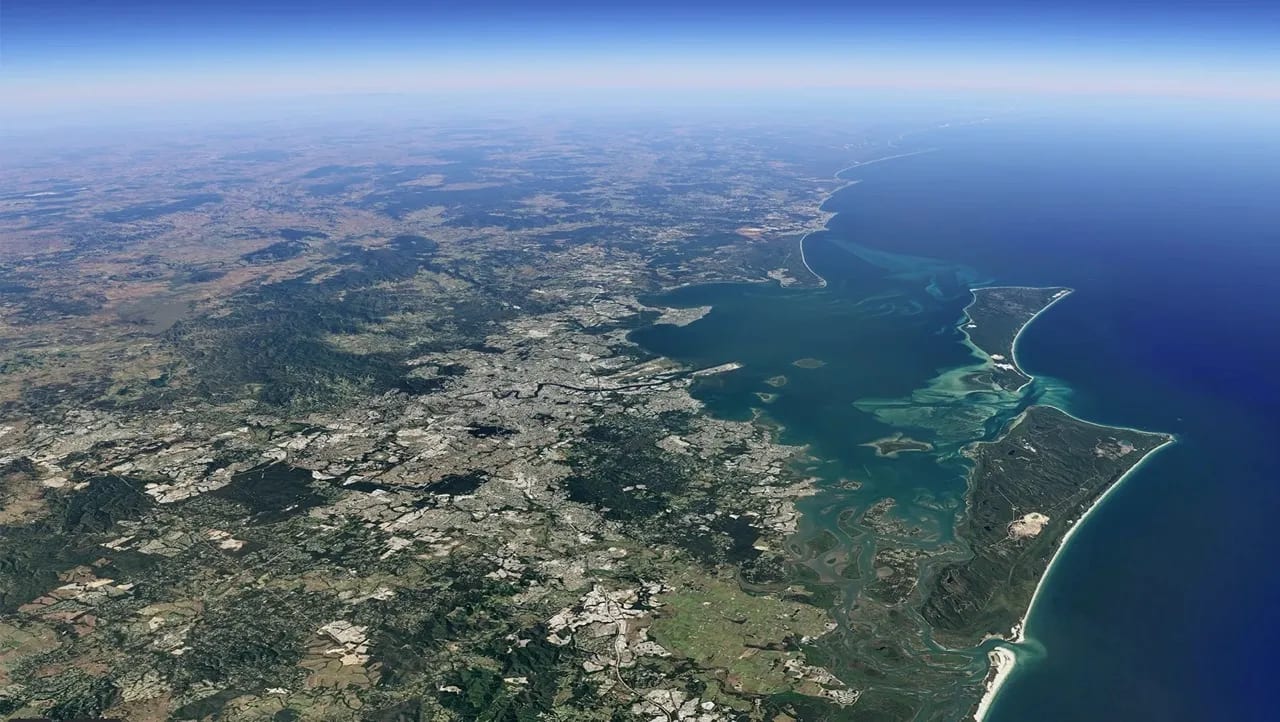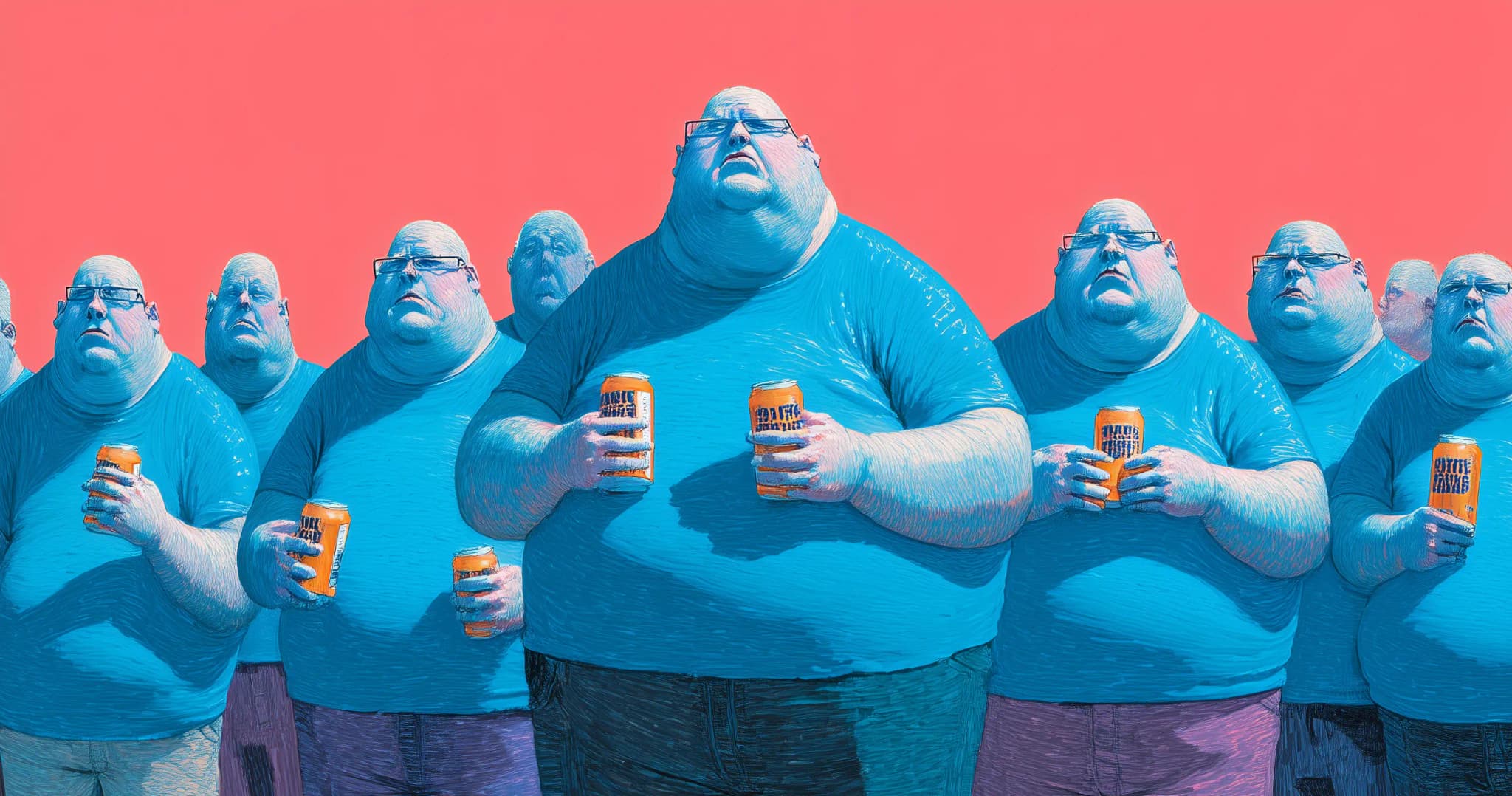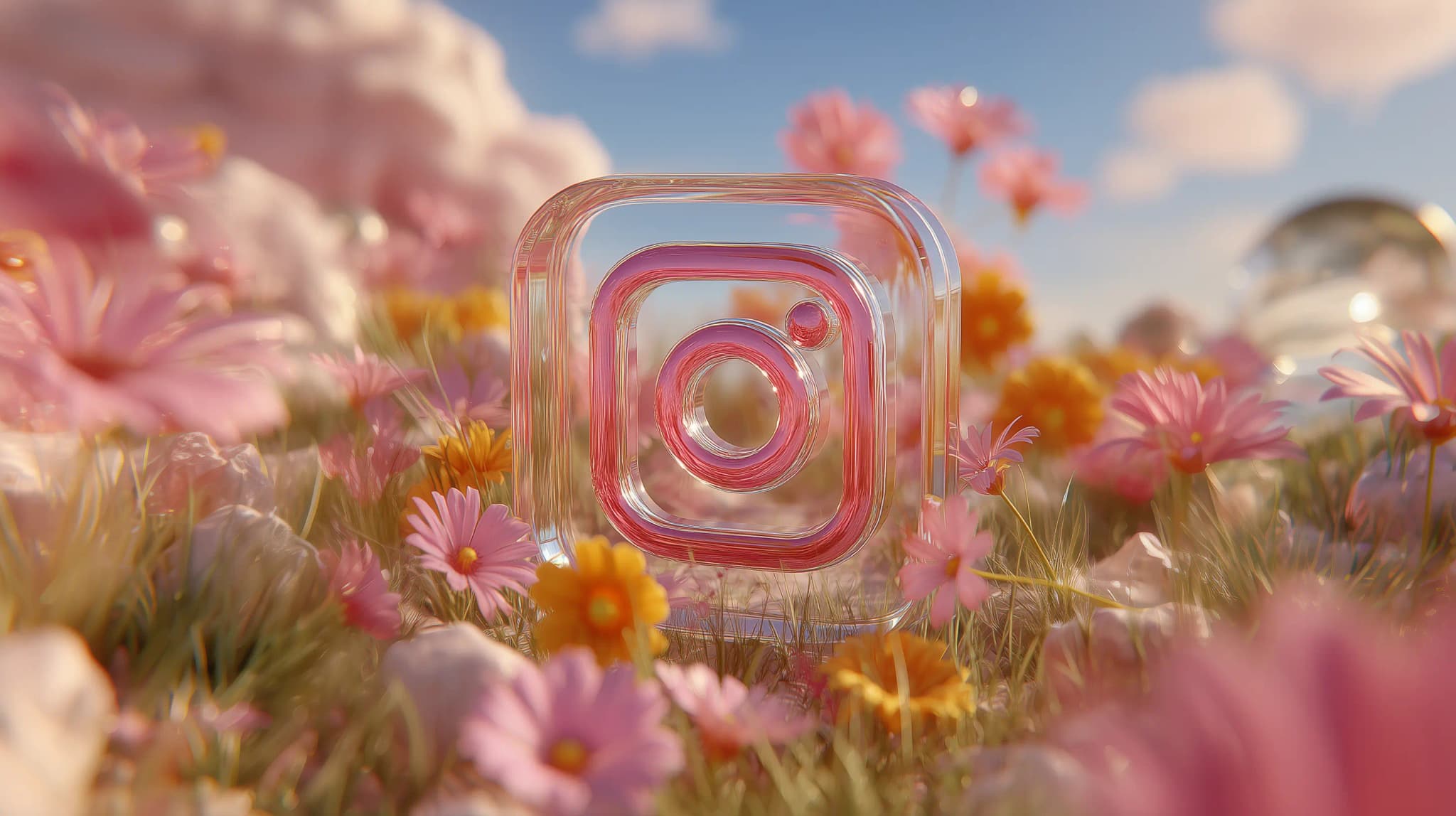Every query, every image, every recommendation—AI is quietly guzzling water, and the bill is coming due.
Computers didn’t always work this way.
In 1981, IBM introduced the first personal computer. It cost $1,565 and had no internet, no color screen—just a blinking cursor. It was powerful for its time, but it never needed a sip of water to function.
Today, the most advanced computers don’t just process information—they consume resources. They use electricity, they generate heat, and—most critically—every time you ask ChatGPT a question, somewhere in the world, a data center is taking a huge gulp. Every time AI generates an image for you, it gets more thirsty than you after a gym session.
How AI Is Draining Our Water Supply
In the late 1800s, Los Angeles was a small but growing city. Water seemed plentiful, flowing from rivers and underground wells. Few worried about scarcity—after all, nature had always provided.
Then the 20th century arrived. The city exploded in size. Wells dried up. Rivers shrank. By the 1920s, L.A. was siphoning water from Owens Valley, sparking one of the fiercest water conflicts in American history. A resource once taken for granted had become a battleground.
History has a way of repeating itself.
You’ve heard about AI’s energy consumption—the massive data centers, the soaring electricity bills. But AI has a much quieter addiction. Water. And not just a little, but a lot.
Data centers, the digital brains behind AI, run hot. To stop these giant server farms from melting down, companies like Google, Microsoft, and OpenAI use water—millions of gallons of it—to cool their systems.
💧 Google’s AI operations consumed 5.6 billion gallons of water in 2022 alone. Enough to fill 8,400 Olympic swimming pools.
💧 Training a single AI model like GPT-4 used up to 700,000 liters of fresh water. That’s the equivalent of making 320 Tesla cars or growing 17,500 kilograms of wheat.
💧 A single ChatGPT conversation with 20-50 responses can use up to half a liter of water. Not much? Now multiply that by millions of users.
The problem isn’t just the amount of water. It’s where it’s being used.
🚨 Phoenix, Arizona – A Microsoft data center will soon consume 56 million gallons of water per year—in a city that is already rationing water.
🚨 Santiago, Chile – Google’s data center used so much water (100 million gallons per year) that local farmers and activists forced them to switch to air cooling.
🚨 Virginia’s “Data Center Alley” – Tech giants like Amazon and Microsoft have increased their water consumption by 65% since 2019, with some facilities drinking up 1.85 billion gallons in 2023 alone.
Now, imagine you’re living in one of these places. Your city enforces water restrictions—shorter showers, dying lawns, farmers struggling with irrigation. Meanwhile, just down the road, a warehouse full of blinking lights is consuming more water than an entire town.
But AI Will Solve This, Right?
That’s the promise.
Tech companies love to tell us that AI will optimize water use, predict droughts, and save the planet. But what if AI itself is the drought?

For every sustainability pledge, the reality is this: the biggest AI companies are secretive about their water use. They release just enough numbers to sound responsible—but never enough for true accountability.
Yes, Google, Microsoft, and Amazon have pledged to become “water positive” by 2030—meaning they will return more water than they consume. But how? The details are murky.
They talk about air cooling, liquid cooling, and heat recycling. Yet as AI workloads increase, experts warn that water consumption may still outpace conservation efforts. It’s like promising to fill a leaking bucket by pouring in more water—without ever fixing the hole.
The Future We’re Walking Into
In 1902, the automobile was a miracle. The horse-and-carriage era was over. Cities, once drowning in horse manure and disease, saw the car as salvation. Cleaner streets, faster travel, limitless opportunity.

By 1956, traffic congestion was so bad that President Eisenhower signed the Federal-Aid Highway Act, pouring billions into roads.
By 1973, America faced its first oil crisis.
By 2007, car accidents became one of the leading causes of death globally.
No one in 1902 thought cars would one day choke cities with smog or drain economies through endless oil dependency. But that’s how technology works—solutions create new problems. And we only notice them when it’s too late.
AI is on that same trajectory.
Right now, it feels limitless. A machine that can think, create, and solve problems faster than we ever imagined. But behind the blinking lights and instant answers, it’s quietly drinking up one of the scarcest resources on Earth.
The future always looks inevitable—until you realize you had a choice.
What Needs to Change?
We always assume we’ll fix problems later.
In 1991, a scientist named Wallace Broecker warned that human activity was disrupting the climate in ways we didn’t yet understand. Governments took notes. Companies acknowledged it. But real action didn’t come until decades later—when the damage was already done.

AI’s water consumption is one of those problems. We see it coming. We can measure it. The question is whether we’ll act before it’s too late.
🔴 Tech companies must disclose their real water usage. No more cherry-picked sustainability reports. Full transparency.
🔴 Stop building data centers in drought-stricken areas. It’s common sense. Put AI farms where water is not a finite resource.
🔴 Accelerate innovation in cooling technology. Air cooling, liquid cooling, heat recycling—these solutions exist, but they aren’t being prioritized.
🔴 Make users aware. You don’t have to stop using AI, but you should know the hidden cost behind every query. Just like plastic waste or carbon footprints, water footprints matter.
The Trade We’re Making
A century ago, Los Angeles was booming. The movies, the sunshine, the dream of endless possibility. Water? It was everywhere. The rivers flowed, the wells were deep, and the city kept growing. No one worried.
Until one day, they had to.
By the time people realized water wasn’t infinite, it was already gone. The city scrambled—piping it in from distant valleys, fighting legal battles, rationing, rethinking. What was once abundant had become a crisis.
We’re making the same mistake again.
Right now, AI feels magical. It can answer almost anything. But history teaches us that every convenience comes at a cost. The only question is whether we realize it before it’s too late—or only after we’ve run out of water to cool the machines.
The problem with progress is that it always feels inevitable—until you realize you had a choice.
Because while AI can do almost anything, there’s one thing it can’t do—fix the future before it happens.



